Tracking your child’s dental development can be an exciting process. From the moment that first tooth appears, right through until they lose their last primary tooth, understanding how children’s teeth erupt and fall out can help ensure you recognize potential issues. It also helps to know what to expect. In honour of Tooth Fairy Day on February 28th, here we explore the stages of tooth eruption for both baby and permanent teeth.
When Do Babies Get Their First Tooth?
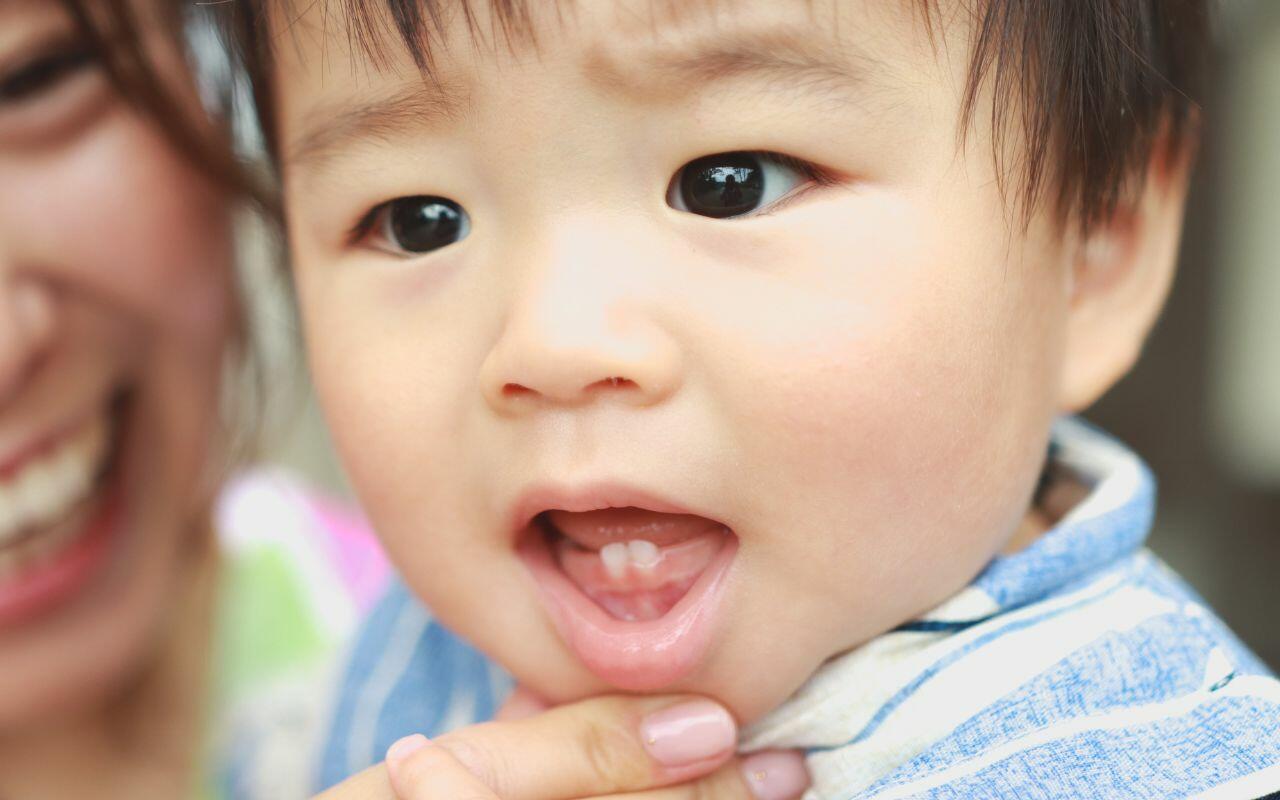
There is quite a range for the appearance of a baby’s first tooth, between six months and up to a year. Generally, babies get their upper front teeth first. The schedule for baby teeth can be expected to follow this baby tooth eruption chart:
- 8 to 12 months: Central incisors
- 9 to 13 months: Lateral incisors
- 16 to 22 months: Canines
- 13 to 19 months: First molars
- 25 to 33 months: Second molars
However, once your child reaches the age of six or seven, they also develop what is called their first or “six-year” molars. These molars do not have primary versions and instead come in as fully developed permanent teeth.
What To Expect When Your Baby Is Teething
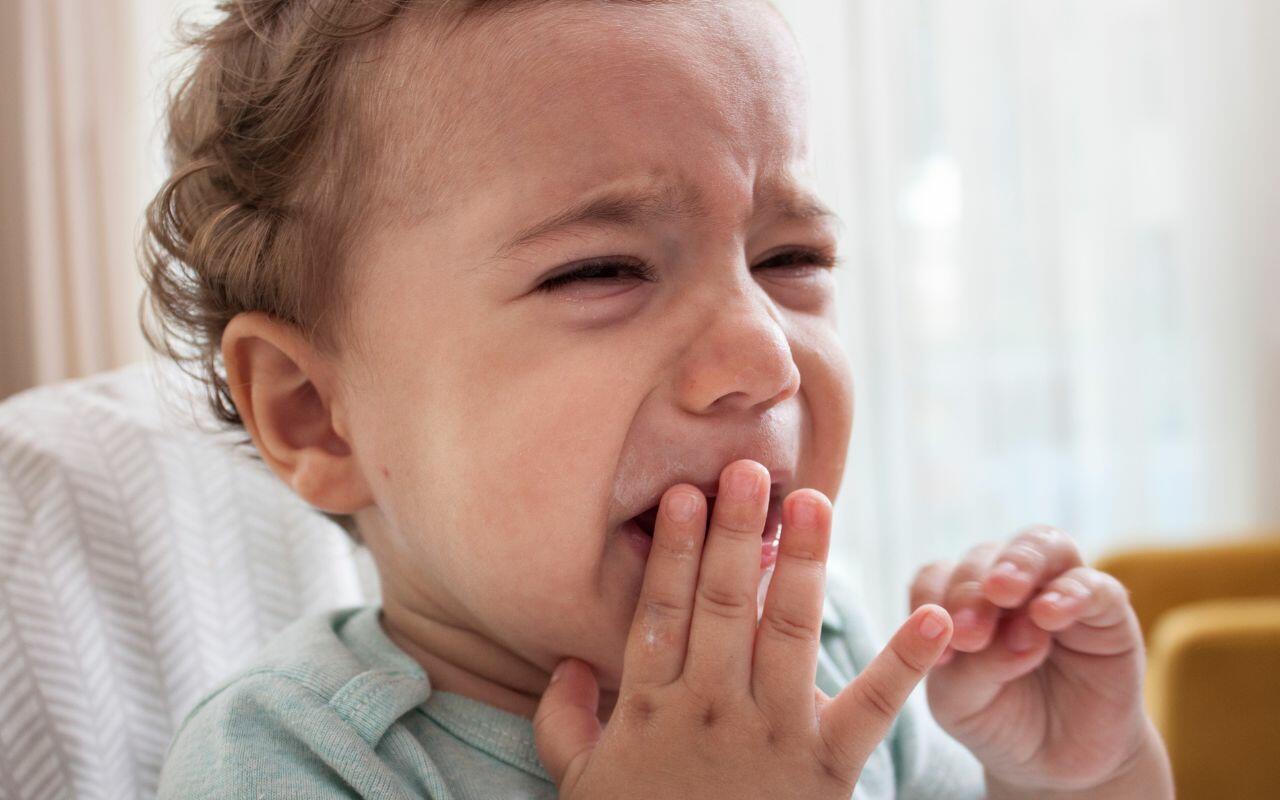
Teething is a painful experience. If you have wisdom teeth, you might remember how much discomfort you experienced during that time. Your baby is experiencing the same thing. Symptoms of teething include:
- Irritability
- Excess drooling
- Skin rashes
- Coughing
- Biting and gnawing
- Low Grade Fever – between 99.5°F (37.5°C) and 100.3°F (38.3°C)
- Cheek rubbing
- Ear tugging
- Diarrhea
Because these symptoms are similar to common colds and flu, it’s not uncommon for parents to call their doctor instead of their dentist. A fever is the best clue. Although some babies will experience a low-grade fever with teething, a temperature above 100.4°F (38°C) requires a visit to the doctor. Teething does not cause a high fever.
How To Keep Baby Comfortable While Teething
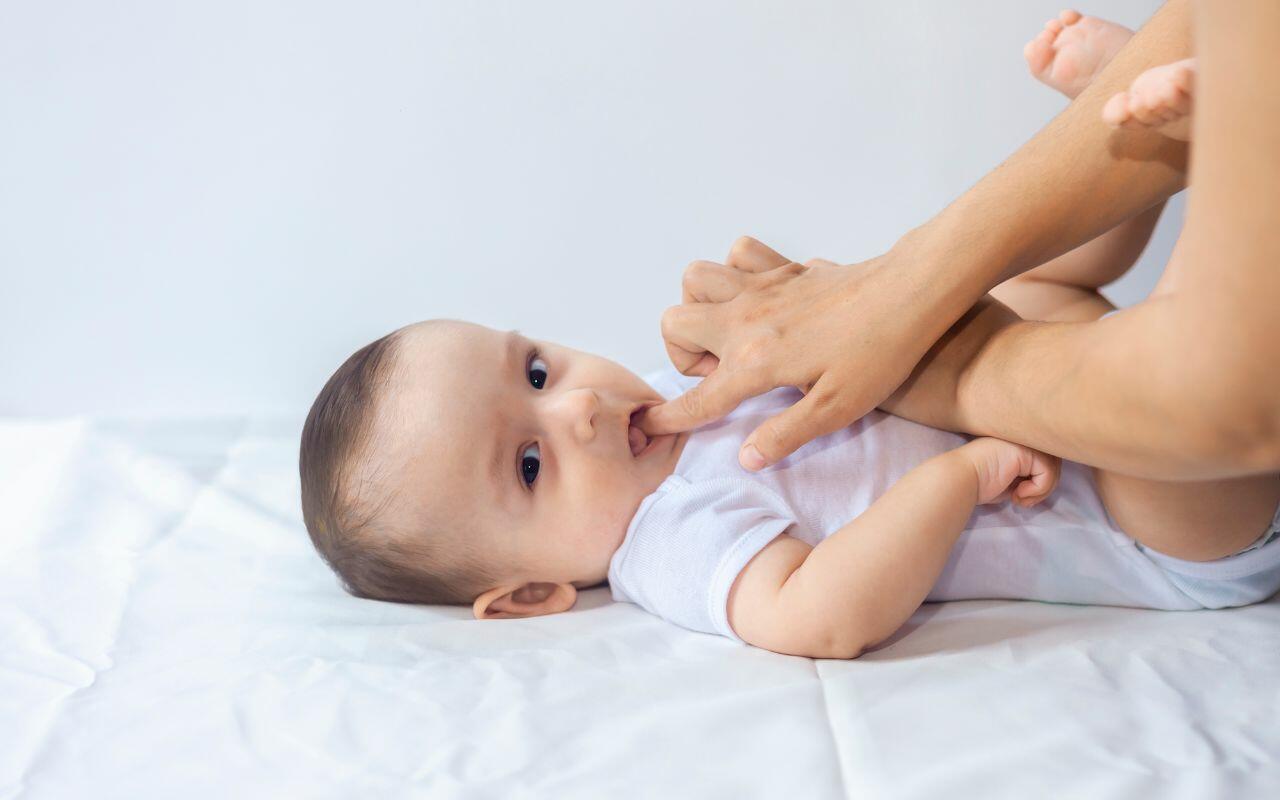
There are a few things you can do to keep your baby comfortable during teething:
- Use a clean finger to massage their gums
- Apply the back of a cool spoon to their gums
- Ask your dentist to recommend a medicine to ease the pain
- Use dentist-approved teething rings
It’s very important to ask for pain medicine recommendations, as you want to choose something that will target the pain yet be safe for your child if swallowed. Also, although some people might recommend teething biscuits, these should be avoided due to the sugar content.
When Do Baby Teeth Fall Out?
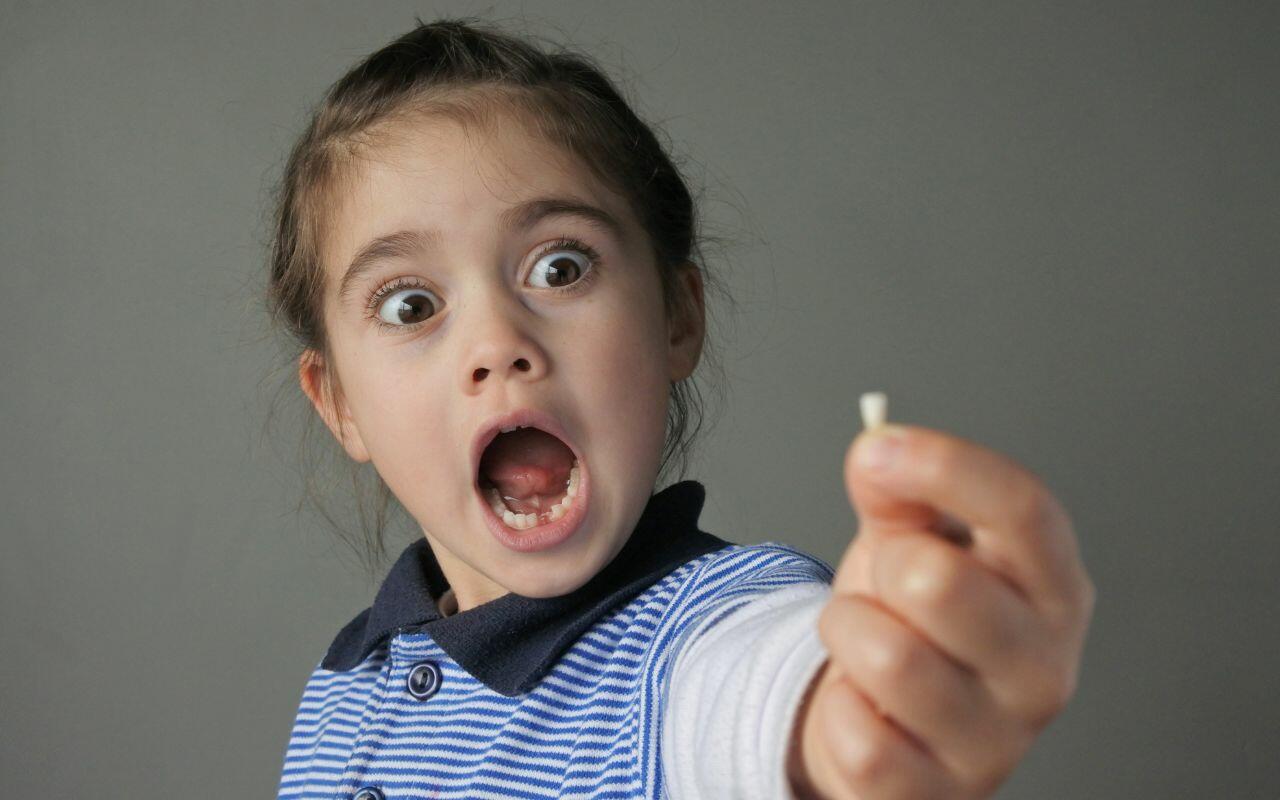
Permanent teeth eruption age is typically six or seven. The primary teeth fall out when the roots become weaker, commonly following the tooth eruption chart below:
- 6 to 7 years: First molars
- 7 to 9 years: Central incisors
- 8 to 9 years: Lateral incisors
- 10 to 11 years: First bicuspids
- 10 to 12 years: Second bicuspids
- 11 to 12 years: Canines
- 12 to 13 years: Second molars
Is It Okay To “Wiggle” Baby Teeth?
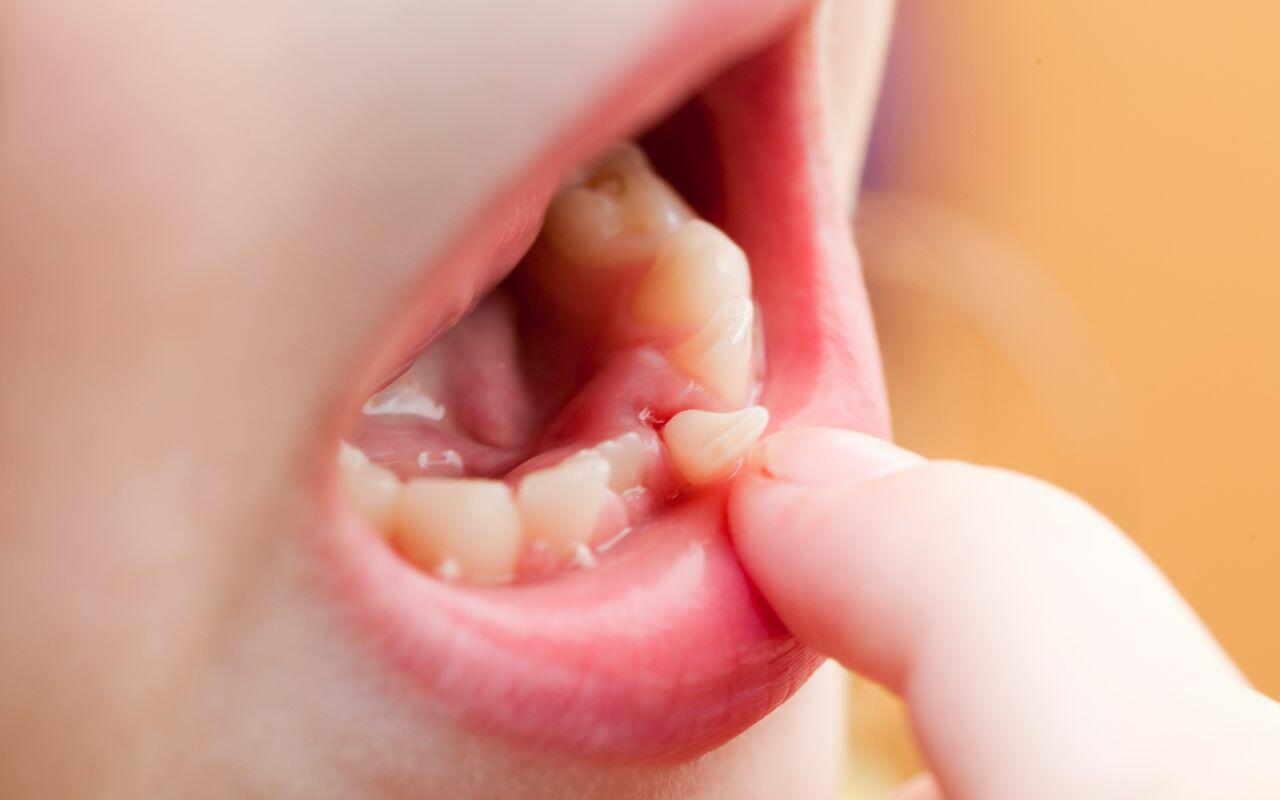
Yes, if your child’s tooth is loose, they are likely going to want to wiggle it and play with it using their tongue. However, if your child has loose teeth under the age of six, it is best to speak to your dentist. Although your child might simply be losing their teeth sooner than the average child, you want to ensure the tooth hasn’t experienced some kind of trauma. Also, never force the tooth to come out. It will come out when it’s good and ready.
What To Expect When Your Child Loses A Tooth
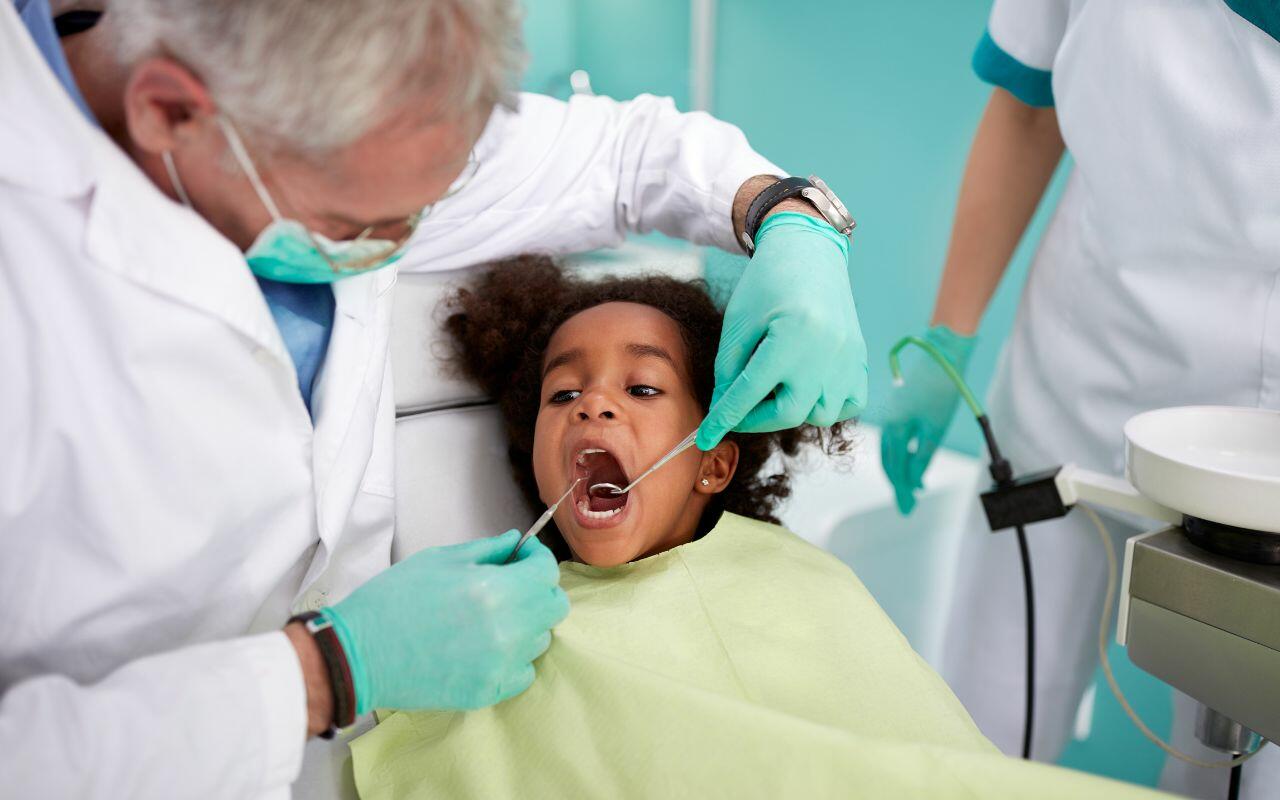
The natural process of tooth loss for kids helps avoid excess bleeding and limits pain. If your child loses a tooth and there is a lot of bleeding or pain, call your dentist. Also, you might find as their permanent tooth erupts, it appears a little yellow. Although this is normal, if you feel the tooth colour doesn’t seem right, it doesn’t hurt to set up an appointment so your dentist can take a look. There are reasons a tooth might be discoloured, including medicines your child has taken or trauma to the primary tooth.
Signs There Are Eruption Issues
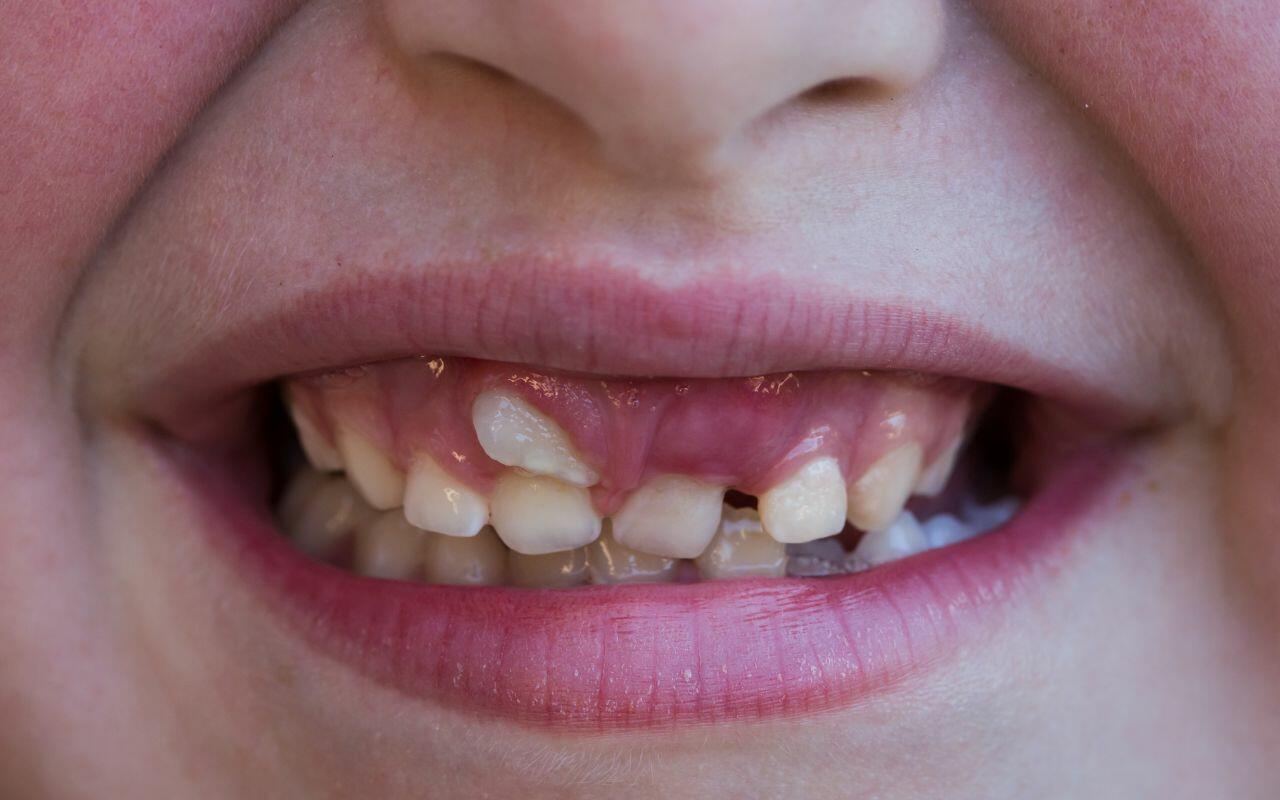
Some signs your child has eruption issues include:
No baby teeth: If your child is over the age of one without their first tooth appearing, speak to your dentist. Even if they have their first several teeth, but you feel it seems they are missing a tooth, your dentist can check their progress. There are possible congenital abnormalities that can cause baby teeth issues to happen. Also, if your baby doesn’t have a primary tooth at all, it often means there isn’t a permanent tooth either. Your dentist can provide a checkup and take x-rays to determine why the tooth or teeth haven’t erupted.
Baby teeth aren’t falling out: As mentioned above, there are expected stages of tooth eruption, which ties in with when baby teeth start falling out. If your child doesn’t lose their first tooth by age seven, you should visit your dentist. This could be caused because the tooth isn’t weakening or “resorbing.” Your dentist will take x-rays to determine if there are no permanent teeth. If the baby tooth is secure, it is not uncommon to leave the baby tooth or teeth in place when there aren’t any adult teeth.
Ankylosis: Ankylosis is a condition that causes the baby tooth root to fuse to the jawbone, preventing the adult tooth from erupting. In this case, the baby tooth will have to be extracted to allow the adult tooth to come in properly and avoid becoming displaced.
Over-retention: If the baby teeth don’t budge, and their permanent teeth appear behind the baby teeth, this is referred to as over-retention. Sometimes the baby teeth will still fall out. However, once the adult teeth are 75% erupted, the baby teeth will have to be extracted.
Impactions: Impacted teeth are more common for wisdom teeth, but it can happen to other teeth as well. This happens when something blocks the tooth from erupting or the tooth is growing sideways. Your dentist will determine what steps to take to resolve the issue, such as tooth extraction or repairing teeth damaged by the impaction.
Ectopic eruption: The last issue is caused when a tooth erupts in the wrong position. This is most common in the first molars, upper canines, or teeth in the lower jaw. While self-correction is quite common, if the tooth position doesn’t improve, treatment will be recommended to correct the issue.
Although understanding the expected progression of your child’s teeth erupting and falling out helps to track your child’s journey, if anything seems wrong, speak to your dentist. And in the meantime, keep up with your child’s dental care routine!
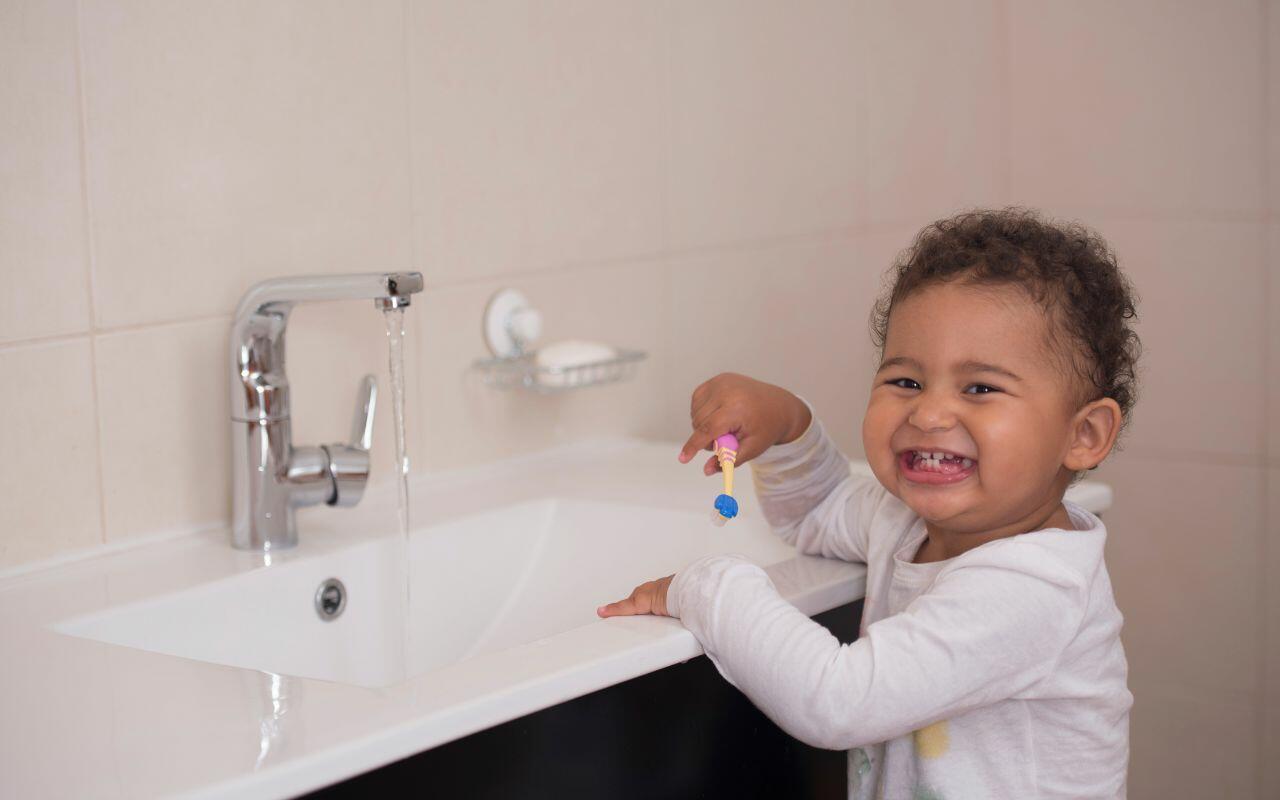
For questions about your baby’s teeth, call us today at 905-775-5307 or click here to request an appointment.
